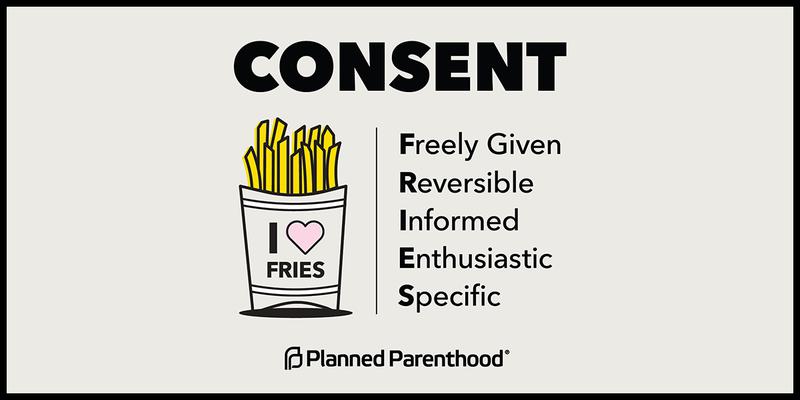People use other illicit drugs. We can consider the different groups of drugs based on the type of effect they have on a person or how people use them.
Depressants are drugs that act by slowing the action of the central nervous system. These include pain killers and tranquilizers, many available by prescription. Some of these drugs can be misused or abused. Another example is heroin. Some effects of depressants may be a feeling of relaxation, calmness, and drowsiness. Many of these drugs are quite addictive.
Stimulants are drugs that act by increasing the activity of the central nervous system. They can increase the heart rate and cause feelings of excitement, agitation, and alertness. Examples include nicotine, cocaine, and methamphetamine.
Anabolic steroids are synthetic versions of the hormone testosterone. Some people use them to enhance athletic performance or to get bigger muscles which is considered a misuse. However, these drugs can be dangerous to their health and have various side effects.
Inhalants are substances like solvents, aerosol sprays, and gases that people use as a psychoactive drug. Examples of products that people use are household cleaners, spray paint, markers and glue – products not intended for getting high. Overdose is possible with these types of drugs.
Club drugs are various drugs that people use that cause a change in mood, awareness and how people act. Examples include hallucinogens and MDMA (molly or Extasy).
Synthetic cannabinoids are human-made drugs that act on the same receptors in the brain as marijuana. However, they may have a more powerful effect and have not been studied as long, so they may be more dangerous.













